The holidays are a time for joy, laughter and giving special gifts to our loved ones. However, for some families struggling with rising costs, this can be a source of increased stress and potential disappointment for children who would have to go without.
That’s why, each year, Safe & Sound hosts a Holiday Toy Store, giving parents the opportunity to book a shopping appointment so they can browse and choose the perfect gift for their child, from items generously donated by individuals and businesses.
What makes this initiative so special is not just the outcome, but how teamwork from all our staff and wider community brings it together. To create this magical 3-day event takes a huge effort from people across the organization, taking on tasks such as: receiving donated gifts; making an inventory; booking timed shopping sessions with families to ensure a stress-free and efficient process for the shoppers; receiving, collecting and unboxing deliveries; setting up and decorating the store to make it a cheerful and welcoming holiday themed space; staffing the store during the browsing time; and providing childcare for the parents shopping. Every role matters, and every act of support contributes to the joy that fills our space.
Seeing the magic of the festive season come to life for the children while easing some of the pressure for their parents and caregivers, makes it all worthwhile. We were delighted that more than 300 families came to shop at the Toy Store last weekend, choosing gifts for over 630 children during the three days.
This year we were honored to have San Francisco Mayor Daniel Lurie stop by to see the Toy Store in action and chat to some of the shoppers and staff.
The holiday toy store initiative is entirely funded and stocked by generous donations. If you would like to support us this holiday season so we can continue our vital work and give even more offerings next year, please donate today.
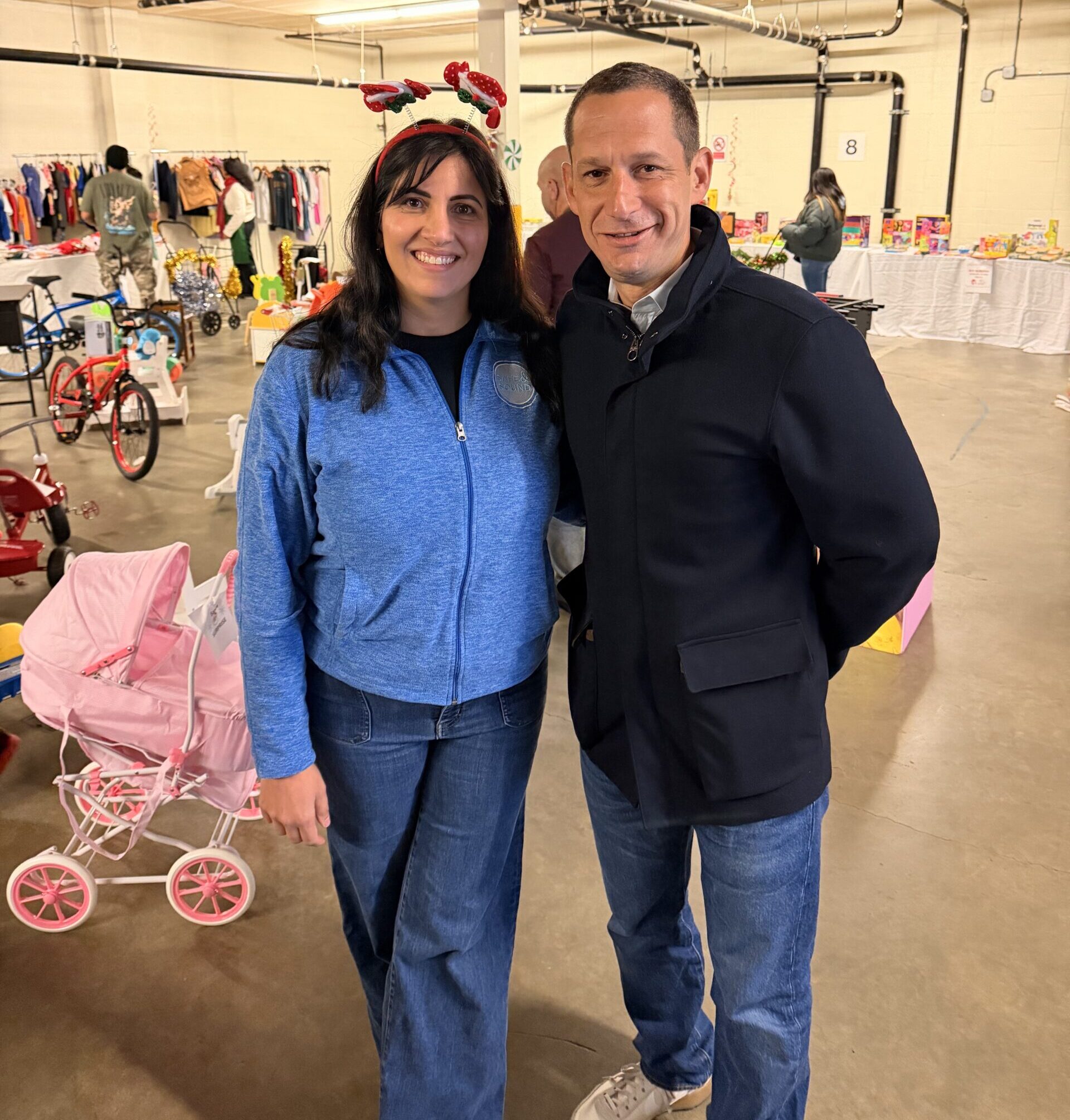
Safe & Sound’s new online calendar allows website visitors to easily visualize upcoming events and reserve their place.
The calendar will show all the types of events that Safe & Sound runs, including groups, workshops and parties for parents and families, volunteering opportunities, fundraising events, and professional development training sessions. The calendar will also make it easier for families to know when the Safe & Sound office is closed for holidays.
Through a seamless integration with our other online systems, from early next year, parents and caregivers wil be able to use the calendar to sign up to events where reservation is required, and volunteers to browse and sign up for shifts online.
This calendar was made possible through support accessed via the Hellman Foundation’s Catchafire portal, which brings together volunteers and nonprofits for one-off projects and expert consultation.
The full calendar is available on this page and users can use the category drop down in the top right to filter for their events of interest. So take a look and start browsing today!
When I first came to Safe & Sound in 2022, I felt overwhelmed. I was caring for my 5-year-old son with special needs and my baby daughter, and I didn’t know where to turn for help. Navigating the school system for my son and finding the right resources for both of my children felt impossible.
Then I found Safe & Sound. I began attending Supportive Family Services, parent workshops, Parent Cafés, and sensory play sessions. Each visit brought a sense of hope I hadn’t felt in a long time. My desire to grow as a parent led me to enroll in the Integrated Family Services (IFS) program, where I received guidance and worked towards my goals.
Safe & Sound became a lifeline for our family. Through therapy for my son, play sessions for both my children, and guidance from the staff, I found hope and the tools to help my children thrive. My son is learning to manage his emotions, make friends, and settle at school. My daughter is flourishing. Safe & Sound feels like a second home for our family.
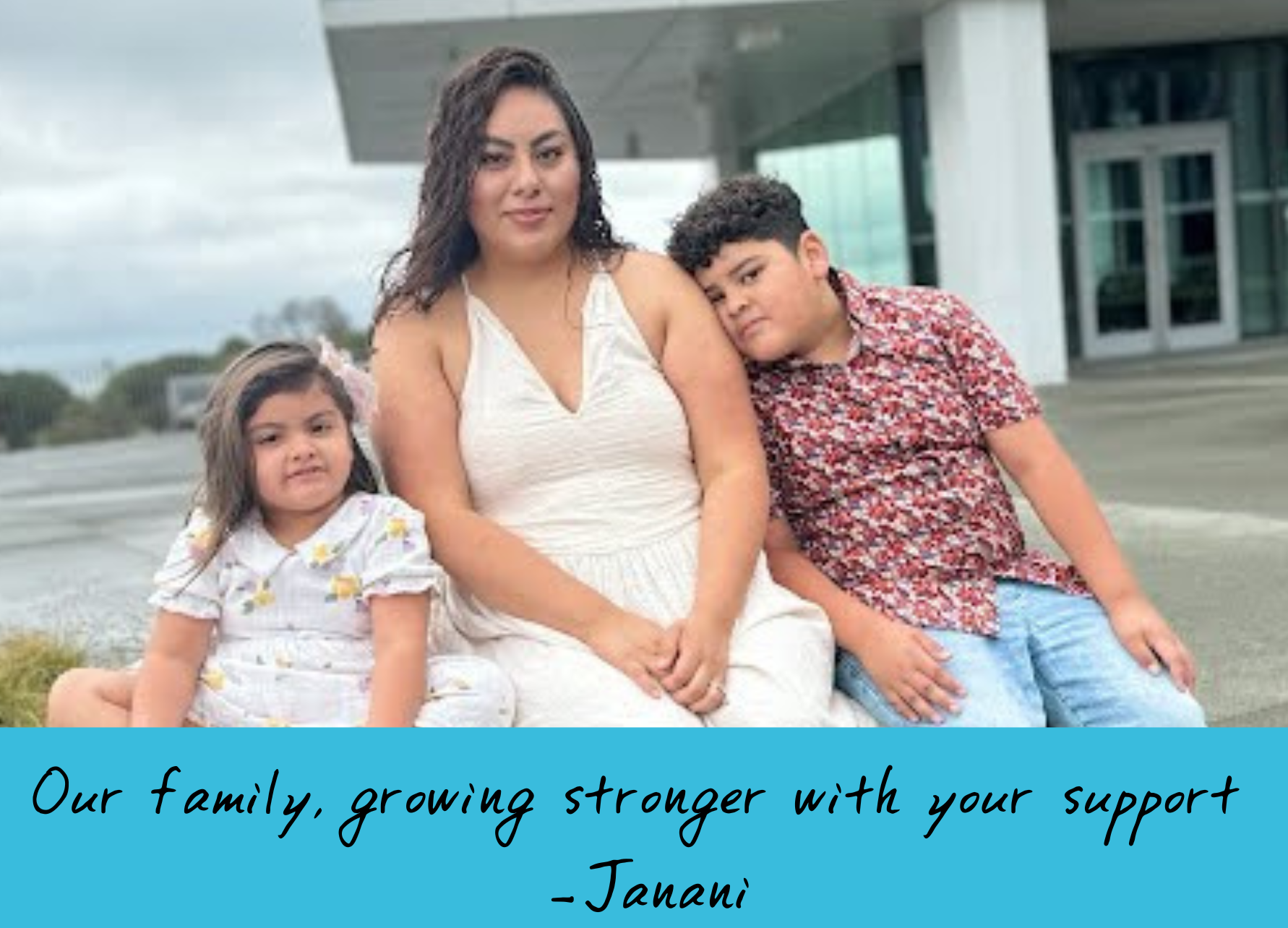
Building a Brighter Future
Safe & Sound also encouraged me to follow my passion for baking. I’ve started taking small orders for cakes, cupcakes, and cookies, and even baked desserts for Safe & Sound community events. With their support, I’m taking real steps toward building a small business to create a stable future for my family.
Your Gift Makes a Difference
None of this would be possible without donors like you. Your generosity provides therapy, parenting support, and safe spaces for children — helping families like mine turn challenges into opportunities.
This holiday season, I hope you will join me in giving the gift of hope. Your donation ensures that Safe & Sound can continue helping families face life’s toughest moments, grow stronger, and dream bigger. Your support wraps families in care, guidance, and opportunity — giving children the chance to thrive and parents the tools to lead with confidence.
How Your Support Helps Families Like Mine
My journey with Safe & Sound has been one of resilience, growth, and hope. With their support, I’ve learned how to help my children thrive, believe in myself, and take steps toward a brighter future for our family. Thank you for partnering with Safe & Sound — and for giving families like mine the support we need to grow stronger.
Warm Regards,
Janani
Parent and a Client of Safe & Sound
The holidays can often be an expensive time of year, with the kiddos home from school needing entertainment, and festive meals and gifts to buy. Have a look at our ideas for days out and gifts that won’t break the bank.
1] Slide the day away!
Grab an old piece of cardboard and the kids and make your way to the Seward Slides. These concrete slides are built into the side of the hill and have been around for more than 40 years. Pro tip, if you’re looking to go a little faster put a piece wax paper between the cardboard and the slide. More info.
2] Tour the lights
Put on your shoes and head out for an early evening urban hike (or bus / drive if you prefer) to take a tour of the awesome holiday light displays around the city and in your local neighbourhood. At Yerba Buena Gardens they will be lighting the tree on December 6th, so take your cocoa and watch it glow. More info.
3] Find your fortune (cookie)
As we near a new year, it’s the perfect time to find out what good fortune is in store for next year. Whether you believe in the wisdom of the fortune cookie or not, it’s still fun to visit Golden Gate Fortune Cookies and read the words on that tiny little white paper. And, hey, it’s educational too. How does the fortune get inside the cookie? Go find out. More info.
4] Step inside City Hall
City Hall sits there at the helm of our Civic Center. Its grandeur and often changing lights are hard to miss. But if you have never stepped inside, you’re missing a lot. The outside is spectacular, but the inside is something to behold. Did you know that the dome is the fifth largest in the world (and that there are actually two domes)? Swing left after you head inside to take a look at the replicas. More info.
5] Scavenger hunt
There are items hidden all around the city. Go find them. Geocaching is like a giant scavenger hunt that anyone can play. Although it’s created to use with technology / GPS it’s way more fun if you rely on just your wits. So check out the website, uncode some riddles, and start the hunt. There are 4,256 things to find around San Francisco — so you probably don’t have to go far to find one. More info.
6] See great art
Brew up a cup of cocoa, grab a coat, and wind your way through the alleys of the Mission. Although this city is full of great museums, this free outdoor art is amongst the best San Francisco has to offer. More info.
7] Visit a museum
The Cable Car is the first moving national historic landmark — how cool is that? Drop by the Cable Car Museum and learn how it all works. You can even watch the giant cables turn, moving the cars up and down the hills of San Francisco. More info. Many museums in the city have free days – have a look at this list for options.
8] Do kid and family friendly activities
This site has many suggestions for fun and cheap days out with kids, organized by date. More info. And the San Francisco Public Library often has age-appropriate activities in different branches – have a look at the list.
And remember, you can always visit Safe & Sound during Parent Drop in hours and bring your kiddo to spend time in the playroom. You can find the open hours on this page.
1] Handmade coupons
Create coupons for things your child is always asking for, e.g. play their favourite game, movie night of their choice, help me bake cookies, stay up 30 minutes later, etc. Or you could give a “voucher” for a special day out (park, picnic, hike), treasure hunt, or choose dinner night.
2] DIY arts & crafts kit
Gather leftover craft supplies (scraps of ribbon, paper, buttons, beads, stickers) into a jar or box. Include a sheet of ideas/instructions (make a card, decorate a frame, make a new toy etc.).
3] Use photo memories
Use popsicle sticks, cardboard cutouts, printed photos and decorative paper to make a collage, frame or memory book.
4] Nature gift
Collect pine cones, rocks, shells, and make a “nature collection kit” with a little note. Or plant seeds in small cups and give “your own little garden” gift.
5] Free educational printables
Many websites offer free coloring pages, puzzles, activity booklets you can print. If your child is interested in astronomy you can print them a booklet from The Universe in my Pocket. The San Francisco Public Library offers free daily printing to all card holders.
6] Consumables
Make a hot chocolate mix or cocoa bomb in a jar so it can be easily mixed up for a delicious treat.
Every December, Safe & Sound transforms into a festive Holiday Toy Store, where parents and caregivers can shop for new toys, books, and warm clothing for their children — all at no cost. Speak to your care coordinator to book your shopping slot at this year’s toy store.
The Family Services Alliance and Prosperity Initiative, funded by Safe & Sound and the Crankstart Foundation, brought together City officials, philanthropic partners, and community members for the Children, Youth, and Family Summit in early November.
This first-of-its-kind convening, held at UC Law San Francisco, underscored the critical role of nonprofits serving children, youth, and families in San Francisco. Discussions highlighted how coordinated investments across City departments and private funders strengthen outcomes for families, and how improving nonprofit job quality is essential to sustaining these vital services. The Summit also highlighted the need for different groups to work together and share responsibility, making sure the City’s programs for children, youth, and families, like education, housing, health, and family support, are connected and work as one effective system. As the backbone agency of the Family Services Alliance, Safe & Sound works with government and community partners to strengthen the ability of FRCs and other community-based organizations to build the web of support needed to support families effectively across the city.
San Francisco has the least children of the nation’s 20 largest metros. In 2024, less than 19% of the area’s population was under 18. The Summit offered solutions for the City to be more family-friendly to ensure San Francisco is a place where families can live and children have the resources required to succeed.
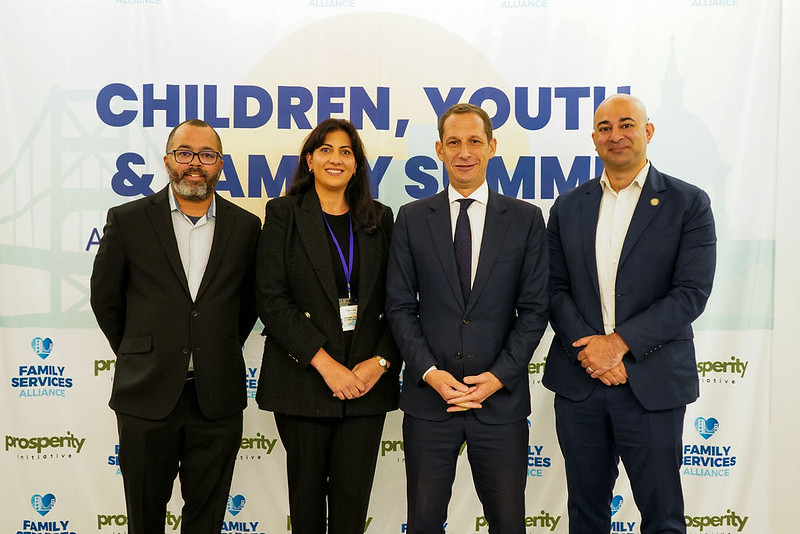
“Our administration is working every day to make sure San Francisco is a city where families can afford to stay and thrive. That means safe neighborhoods, housing that working class families can afford, and a world-class public school system. In partnership with city departments, nonprofits, and philanthropic groups, we can make sure every kid in San Francisco has the chance to grow, learn, and thrive from cradle to career.” – San Francisco Mayor Daniel Lurie
Children and families are essential to San Francisco’s economic and social future. As one of the most rapidly aging metropolitan areas in the country, San Francisco faces demographic shifts that threaten its workforce, innovation, and revitalization efforts. Reversing these trends requires strong, coordinated investment in the systems that help families remain in San Francisco. Investments in the wellbeing of the City’s children and families are investments in San Francisco’s future. In partnership with government and community organizations, Safe & Sound advocates for laws, policies, and practices that keep children safe and families together in San Francisco and beyond.
“We’re grateful for the momentum and partnership shown at today’s summit. We look forward to more innovative collaboration and continued support by the City, so every San Francisco child, youth, family, and the nonprofits that support them have what they need to succeed” said Virginia Taylor, spokesperson for Safe & Sound and the Family Services Alliance.
The Summit was a great success with around 350 leaders, including representatives from 11 city departments, 80+ nonprofit organizations, 4 Board of Supervisors, 20 foundations and Mayor Lurie attending. The event enabled participants to have solution-driven conversations to build a more coordinated and sustainable future for San Francisco’s children, youth, families, and the workforce that supports them. Through robust discussions and panels, the Summit showcased the important work nonprofits, city agencies, and community partners are doing across the City.
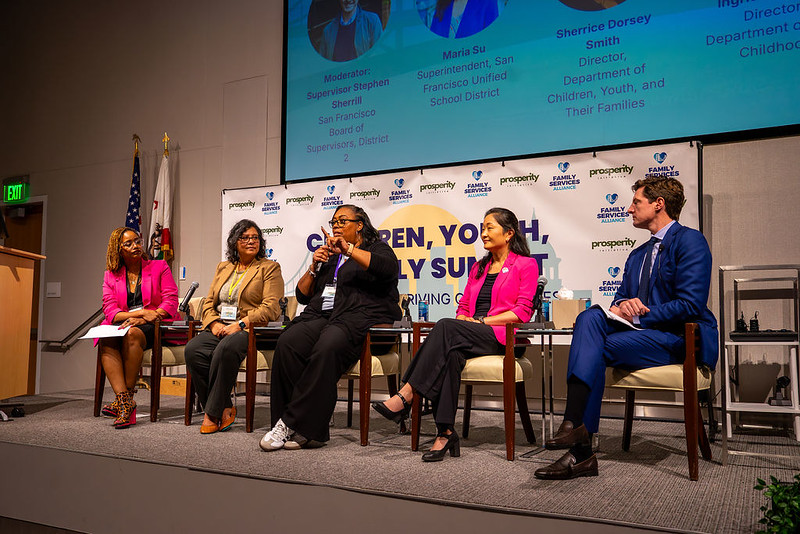
Our final virtual Lunch & Learn for 2025 explored the path from a mandated report to community pathway support, and the trust needed across Families, Agencies, and Community Based Organizations to make it work. We explored the specific example of the Strong Families and Communities program in San Francisco – a collaboration involving San Francisco Human Services Agency, Safe & Sound, Instituto, and other Community Based Organizations, which demonstrates an innovative approach to supporting families by building trust where it may have been broken.
In 2024, there were 4,204 children in San Francisco City and County with an allegation of physical abuse (25%) or general neglect (35%). Around 38% of those allegations were Evaluated Out. That means the hotline screener determined that the allegation of abuse or neglect, as defined by law, could not be substantiated or that the report lacked sufficient information to proceed. However, we know from the data that many of those reports indicate that a family lacked resources and supports, they were experiencing poverty, and/or they needed some parenting help. The Strong Families and Communities program offers to connect those families with an appropriate Community Based Organization, such as Safe & Sound, to offer them the resources they may need.
In today’s webinar we discussed how this program works in practice from three different perspectives: the Human Services Agency, Safe & Sound, and a parent involved in the program. We are grateful to our expert panel for joining Safe & Sound CEO Dr. Pegah Faed in this conversation:
San Francisco Child Welfare Report 2024
San Francisco Human Services Agency (SFHSA) Family and Children’s Services (FCS) annually publishes this report to inform the public and encourage efforts to address disproportionality in our child welfare system.
San Francisco Comprehensive Prevention Plan
County child welfare agencies and/or probation departments receiving the State Block Grant for the Family First Prevention Services (FFPS) Program were required to develop a three-year comprehensive prevention plan. This comprehensive prevention plan is a roadmap that outlines the services that the agency will provide that address the needs identified in the assessments completed.
Consent and Information Sharing Toolkit
This Toolkit created by Public Works Alliance is designed to help providers, counties and managed care plans better understand and apply rules of information sharing related to Medi-Cal services for families in child welfare.
In addition to participating in this program, Safe & Sound is helping to lead two statewide initiatives that relate to Mandated Reporting. Specifically, Safe & Sound continues to help advance Mandated Reporting reform in California through the Mandated Reporting Advisory Committee, the body that is implementing a set of reform recommendations we helped to develop. Safe & Sound is also at the forefront of building strong community pathways so families can get support where they live, before systems have to step in.
That work—and reforms like mandated reporting changes—only happen if parents, caregivers, and communities trust us, which is why this year’s Lunch & Learn webinar series was so relevant.
We hope you will join us again in 2026 for the next series.
The holidays are a time for connection, warmth, and shared meals. Thanks to our community, more than 150 families will gather around their tables this season with one less worry — how to afford a festive meal.
Over the past three days, Safe & Sound’s Parent Advisory Committee organized our annual Holiday Meal Program. This parent-led effort recognizes how meaningful it is for families to share a special meal together, especially at this time of year.
Each registered family received a $75 Safeway gift card to help with the cost of groceries, along with household essentials like paper towels, tissues, and dishwashing liquid. Families with additional needs also received items such as diapers, baby formula, clothing, pillows, hygiene products, and fruit and vegetable vouchers.
In total, more than 150 families — including over 350 children — visited Safe & Sound this week. We are grateful to our Parent Advisory Committee, volunteers, and donors for helping make this holiday season a little brighter for families across San Francisco.
Safe & Sound is grateful for each person who donates to support our mission, enabling this important work to continue now and into the future.
The questions and answers below should help you understand more about how to give and the impact of your donation. We would welcome the opportunity to discuss any of the information with you directly, just get in touch using the details at the bottom.
How can I donate to Safe & Sound?
The easiest way to donate is to visit our dedicated donation page. See below for information on different ways to give.
Is my donation tax deductible?
Safe & Sound is a 501(c)3 tax-exempt organization (Federal Tax ID #94-2455072) and your donation is tax-deductible within the guidelines of U.S. law. To claim a donation as a deduction on your U.S. taxes, please keep your email donation receipt as your official record. We’ll send it to you upon successful completion of your donation.
How financially stable is Safe & Sound?
Safe & Sound is a financially stable and growing organization. You can visit our past Annual Reports and Audited Financials which are publicly available on our website.
Who are the Board and Management of Safe & Sound?
Our board and personnel are publicly available on our website on our Team page. You can read more about our CEO, Dr. Pegah Faed in this announcement published at her appointment.
What program will my money be used to support?
Safe & Sound combines services, research, and advocacy to strengthen families in their communities, address childhood trauma, and prevent abuse. To achieve our mission and meet the evolving needs of children and families, Safe & Sound shows up in multiple, interconnected roles. Each role plays a vital part in creating the conditions where children and families can thrive. That’s why your donation will be used to support all areas of our operation to continue this holistic approach and create a future free from childhood trauma, where all children, families, and communities are safe, supported, and loved. You can see a breakdown of our revenue and expenses in our Annual Report which creates transparency around our donations income and program costs.
How do I know if my donation is having any impact?
As a donor, you will be subscribed to Safe & Sound’s regular email updates, including information on the outcomes of specific appeals. You will also be sent an online copy of our Annual Report each summer which sets out the work delivered over the preceding year, program statistics, and our financial breakdown. You can visit past Annual Reports online now.
How does my donation help prevent child abuse?
Safe & Sound combines services, research, and advocacy to strengthen families in their communities, address childhood trauma, and prevent abuse. Our programs work across the spectrum of prevention and intervention to strengthen family resilience. We embed supports directly into a family’s life by connecting them to evidence-informed services such as parenting classes, and counseling; we convene diverse partners, build their capacity to recognize early signs of family stress, and create referral pathways that are simple, family-centered, and culturally responsive; and we advocate for systems reform to foster a community-centric model of family support that is preventative rather than reactive. Your donation would support each of these programs. Learn more about what we do.
What big projects are you working on right now?
Safe & Sound is leading a bold, transformative effort to reimagine how families in San Francisco—and ultimately across California—access the support they need to thrive. The Community Pathway Initiative aligns all the areas of Safe & Sound’s work, including advocacy, direct services, education and partnership. Through this Initiative, we are creating long-term, sustainable transformation by building a scalable, upstream, community-based model, leveraging a network of family support centers, designed to reduce child welfare and criminal justice involvement by providing timely, trusted, and trauma-informed care before crises escalate. This work is a continuation of our vision set out in a 2022 issue brief Creating a Child & Family Well-Being System: A Paradigm Shift from Mandated Reporting to Community Supporting, which laid out a roadmap to shift from a punitive, fear-based reporting model to a supportive, community-based approach. This initiative is a long-term project requiring sustainable funding streams, which could leave a powerful legacy. You can read more on the Community Pathway Initiative page.
How do you collaborate with other organizations?
Safe & Sound works in partnership with government and community organizations to deliver our mission.
How do I donate by check?
Checks should be made payable to: Safe & Sound ATTN: Development 1757 Waller Street, San Francisco, CA 94117
What are other ways to give?
There are many ways you can support Safe & Sound, such as in-kind donations, pledging a multi-year gift, volunteering your time or donating stock. Some other examples include:
To learn more about these different options, visit https://safeandsound.org/take-action/more-ways-to-give/.
What are employee matching gift programs?
Employee matching gift programs are corporate giving programs in which the company matches donations made by employees to eligible nonprofit organizations. It’s an easy way to double your contribution to us! Read more on this page.
Why do you prefer recurring donations?
Signing up for a regular gift provides Safe & Sound with a more predictable income, allowing us to plan sustainable services 365 days a year.
I need support with my recurring donation
You can email us at donations@safeandsound.org or call our office at (415) 668-0494 if you have questions about your recurring donation.
When will my recurring donation start?
Recurring donations are processed on the date of your original transaction.
Will I receive a confirmation for each monthly donation?
You will receive an email confirmation of the start of your recurring donation, and an email receipt each month thereafter. An annual summary of your total giving will be provided in December.
You can contact a member of the team by emailing donations@safeandsound.org or call our office at (415) 668-0494. We would be happy to answer any additional questions.
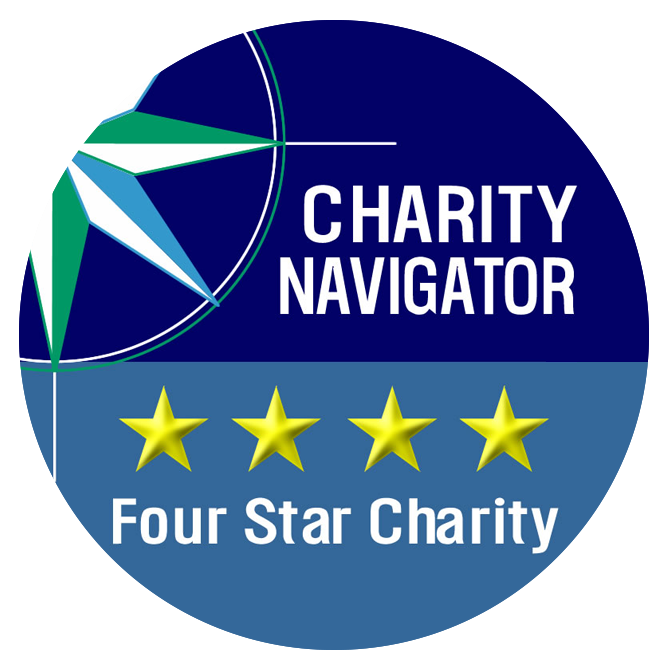

We are thrilled to celebrate the passage of SB 119, signed into law on July 29, 2025. This landmark social services trailer bill amends the California Welfare and Institutions Code and represents a visible, powerful endorsement of the work of the Mandated Reporting to Community Supporting Task Force—a transformational initiative advanced in partnership with CA Health & Human Services, CA Department of Social Services, and the Prevention & Early Intervention Committee.
Safe & Sound is at the forefront of efforts to reimagine mandated reporting systems in California. In 2022, we authored the issue brief Creating a Child & Family Well-Being System: A Paradigm Shift from Mandated Reporting to Community Supporting, which laid out a roadmap to shift from the current reporting model to a supportive, community-based approach.
Building on this foundation, we led the successful passage of California Assembly Bill 2085, which amended California law to ensure that poverty alone is not treated as “general neglect”—a critical step toward reducing the overreporting of low-income families, particularly those identifying as Black, Indigenous, and People of Color.
As a core member and facilitator of the statewide Mandated Reporting to Community Supporting Task Force, Safe & Sound continues to drive this systemic change, helping lead the development and implementation of 14 reform recommendations presented to the California Child Welfare Council, three of which are delivered through the passage of SB 119.
✅ Mandated Reporting Advisory Committee (MRAC)
For the first time in law, a Mandated Reporting Advisory Committee (MRAC) shall be established by the California Child Welfare Council. It is the intent of the Legislature that the MRAC ensure the transformation of mandated reporting to community supporting continues and disparities in the child welfare system are eliminated. (Delivering on Task Force Recommendation 1)
✅ Comprehensive Prevention Plans (CPPs)
When counties update their Comprehensive Prevention Plans, the update shall include the county’s plans to provide information for mandated reporters regarding the resources available to support families in their communities. This helps to ensure that families can be connected to early, community-focused interventions, not unnecessary surveillance. (Delivering on Task Force Recommendation 12)
✅ Mandated Reporter Training Reform
The law requires that the development of the new statewide mandated reporter training incorporate content identified in the Task Force recommendations. Critically, the training must be developed in partnership with individuals with lived expertise, county child welfare agencies, and other stakeholders, bringing real-world insight to a system in urgent need of change. (Delivering on Task Force Recommendation 9)
This is more than a policy win: it’s a turning point. By embedding Task Force recommendations into statute, California has signaled its long-term commitment to shifting from a system rooted in reporting and punishment toward one grounded in support, equity, and community trust.
The passage of SB 119 proves that systemic transformation is not only possible, it’s happening.
A huge thank you to the California Child Welfare Council, the CA Department of Social Services, the Prevention & Early Intervention Committee, members of the former MRCS Task Force, members of the current Mandated Reporting Advisory Committee, our legislative champions, and everyone who has pushed this work forward.
Families across San Francisco are facing mounting challenges that threaten their ability to meet basic needs. As the federal government shutdown continues, uncertainty about food assistance programs like SNAP compounds existing hardships—from housing insecurity and rising food prices to fear of immigration enforcement and the lingering impacts of the pandemic.
SNAP, the nation’s largest anti-hunger program, has provided essential support to low-income families since the Great Depression. Now, with program funds expected to run out as early as this weekend, thousands of working families in San Francisco could lose critical purchasing power for food. Experts estimate that the SNAP shortfall may reach $20 million per month in the City and County of San Francisco starting November 1. We applaud the mayor’s announcement that San Francisco SNAP recipients will receive November benefits through a public-private partnership, but we know that families need more to address these mounting challenges now and beyond November.
In response, a coalition of San Francisco nonprofits—led by Safe & Sound and the Family Services Alliance, a network of more than 40 organizations—has launched the Alliance Fund for Families. This emergency fund will provide direct aid to families struggling with food and housing insecurity, deportation fears, and the compounding pressures of inflation and instability.
“Families are under enormous stress right now,” said Dr. Pegah Faed, CEO of Safe & Sound. “When parents are forced to choose between rent, groceries, and child care, the ripple effects on children and communities are profound. Through the Alliance Fund for Families, we’re making sure support reaches those who need it most—right now.”
Family Resource Centers across San Francisco have long served as trusted hubs for care, connection, and advocacy. As the effects of the federal shutdown ripple through the community, these organizations are once again stepping up to ensure that families do not face this crisis alone.
The Alliance Fund for Families aims to raise emergency funds to meet immediate needs—while continuing to advocate for the long-term stability and thriving of all San Francisco families.
To donate or learn more, visit this dedicated page.
About the Family Services Alliance
The Family Services Alliance is a San Francisco–based coalition of 40 member organizations working collectively to deliver quality programs, coordinate resources and services, and shape policies that support all San Francisco families. Safe & Sound serves as the backbone agency of the Alliance.
About Safe & Sound
Safe & Sound believes families thrive in supportive communities. Through direct services, research, and advocacy, we strengthen families, address childhood trauma, and prevent abuse—helping ensure every child grows up safe, supported, and loved.